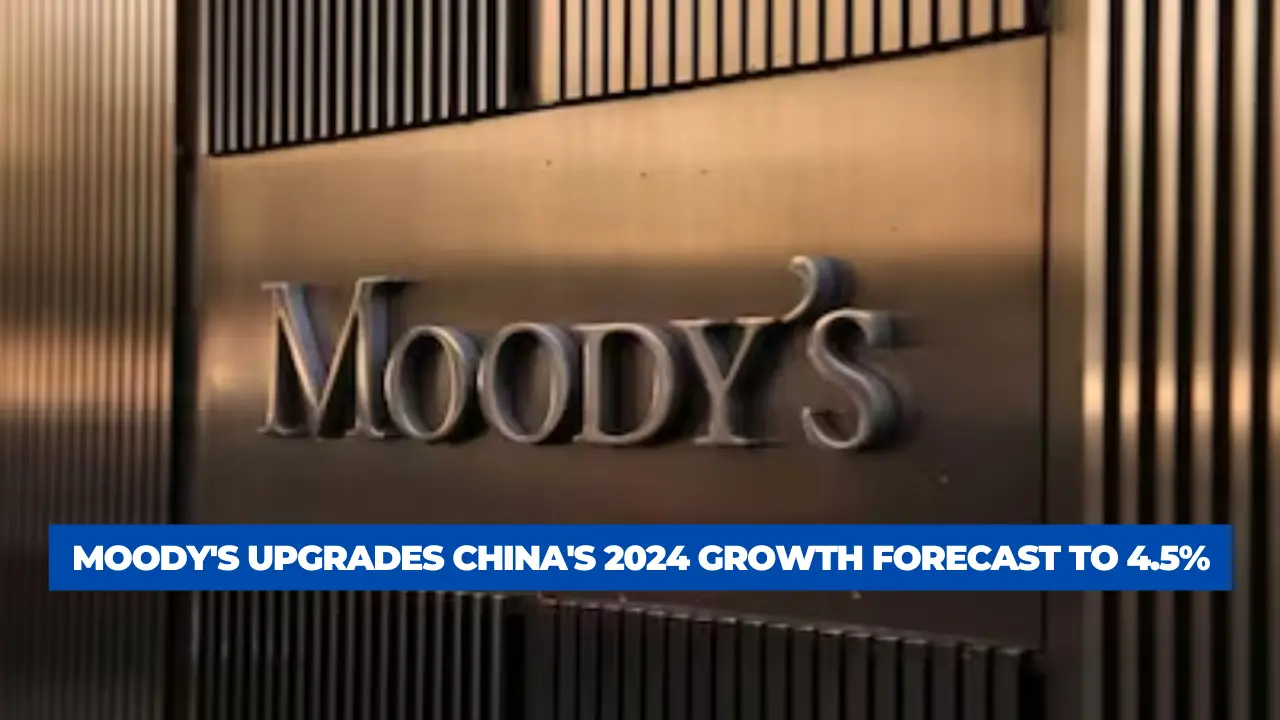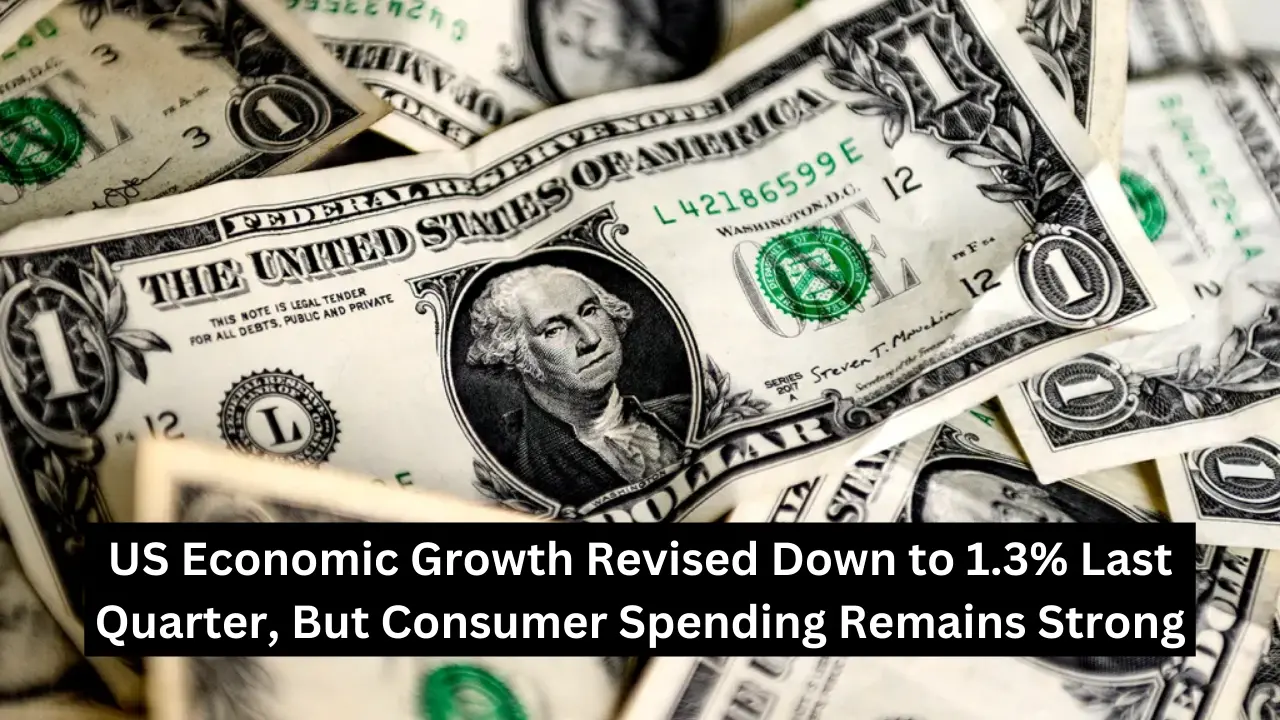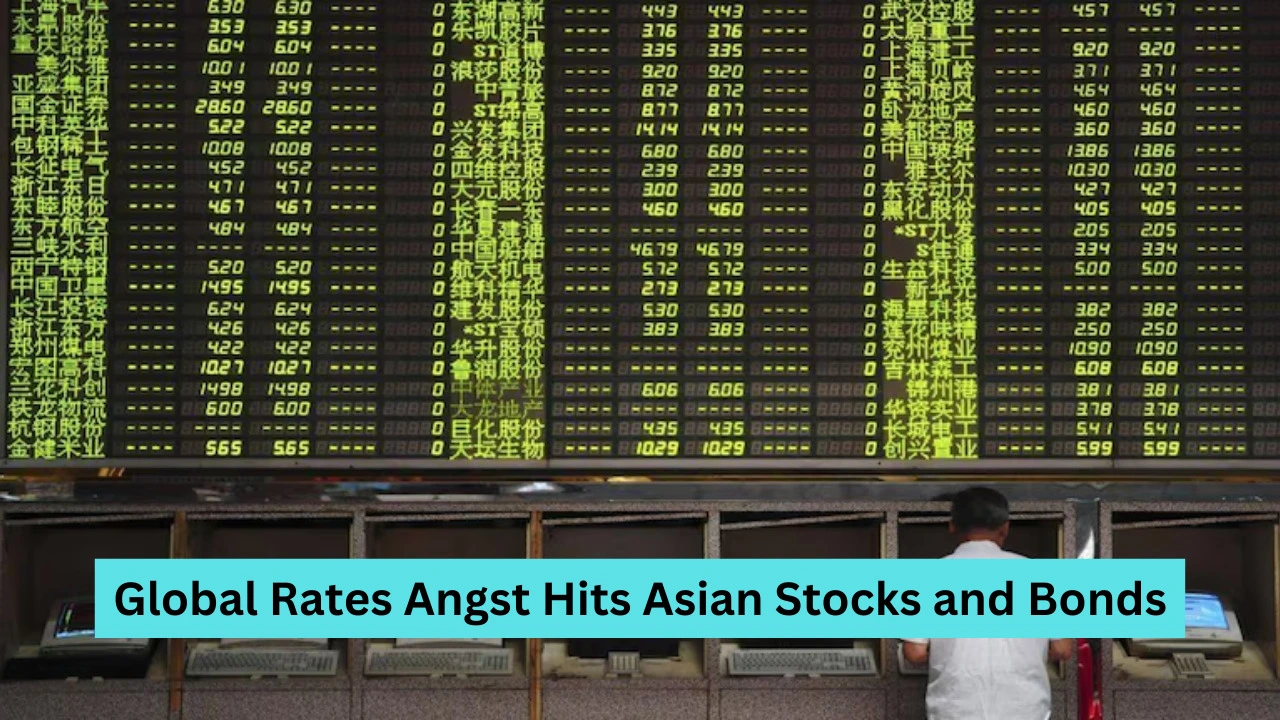In the ever-fluctuating world of stock markets, navigating investments can often seem like a daunting task. Ajay Tyagi, a noted financial expert, advocates for a systematic investment plan (SIP) as the optimal approach in today’s volatile market conditions. Here’s a deep dive into why SIPs are considered the best strategy right now and how they can benefit investors.
Understanding SIP (Systematic Investment Plan)
What is an SIP?
A Systematic Investment Plan (SIP) allows investors to invest a fixed amount of money regularly in mutual funds. It’s a disciplined approach where investments are made periodically (monthly, quarterly, etc.), regardless of the market’s performance.
Key Benefits of SIPs:
- Rupee Cost Averaging: SIPs average out the cost of investments over time. During market dips, the same amount buys more units, and during highs, fewer units, leading to a lower average cost.
- Disciplined Investing: Regular investments help inculcate financial discipline and avoid the pitfalls of trying to time the market.
- Power of Compounding: Regular investments and the power of compounding over time can significantly boost returns.
Why SIPs Are Ideal for Current Market Conditions
Market Volatility:
Current markets are characterized by volatility due to economic uncertainties, geopolitical tensions, and fluctuating interest rates. In such times, SIPs provide a buffer against market swings by spreading investments over time.
Steady Growth Potential:
According to Ajay Tyagi, SIPs are well-suited for capturing steady growth in a volatile market. They enable investors to participate in the market’s long-term growth potential without the stress of daily market movements.
Flexibility and Accessibility:
SIPs are accessible to a wide range of investors, allowing them to start with small amounts and adjust their contributions as needed. This flexibility makes them a practical choice for both new and seasoned investors.
Insights from Ajay Tyagi
Current Market Analysis:
Ajay Tyagi points out that the market’s unpredictability makes it challenging for investors to make lump-sum investments. SIPs mitigate the risk by spreading investments over different market cycles, reducing exposure to short-term market fluctuations.
Long-term Wealth Creation:
Tyagi emphasizes that SIPs are geared towards long-term wealth creation. By consistently investing over time, investors can benefit from the compounding effect and potential market recoveries.
Investment Discipline:
One of the critical advantages highlighted by Tyagi is the discipline that SIPs enforce. Regular investments prevent emotional decision-making and foster a habit of continuous saving and investing.
How to Implement an Effective SIP Strategy
Assess Your Financial Goals:
Start by determining your investment goals, whether it’s building a retirement corpus, saving for education, or achieving financial independence. Align your SIPs with these long-term objectives.
Choose the Right Mutual Funds:
Select mutual funds that match your risk tolerance and investment horizon. Look for funds with a strong track record and consistent performance.
Regular Review and Adjustment:
While SIPs promote a set-it-and-forget-it mentality, periodic reviews are essential. Adjust your investment amounts and fund choices based on your evolving financial situation and market conditions.
Stay Committed:
Market fluctuations may tempt you to halt or withdraw your SIPs, but staying committed through ups and downs is crucial for achieving long-term goals.
Quick Review:
Q1.Why are SIPs recommended for volatile markets?
Ans. SIPs spread investments over time, reducing the impact of market volatility and averaging the cost of investments.
Q2.How do SIPs help in long-term wealth creation?
Ans. By consistently investing over time, SIPs benefit from compounding and potential market recoveries, enhancing long-term wealth growth.
Q3.Can SIPs be adjusted based on changing financial goals?
Ans. Yes, SIPs offer flexibility to adjust investment amounts and fund choices as your financial goals and market conditions evolve.







